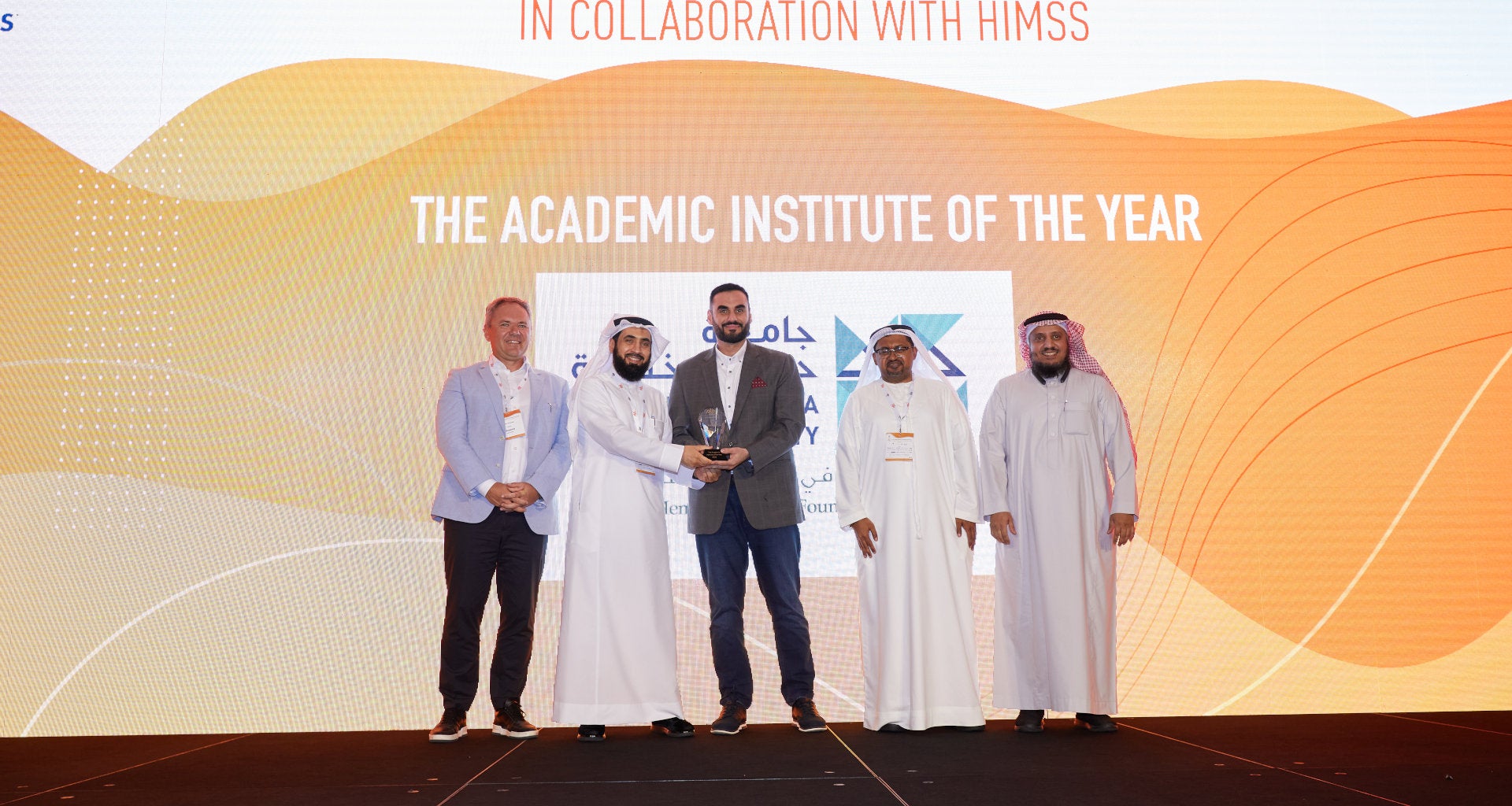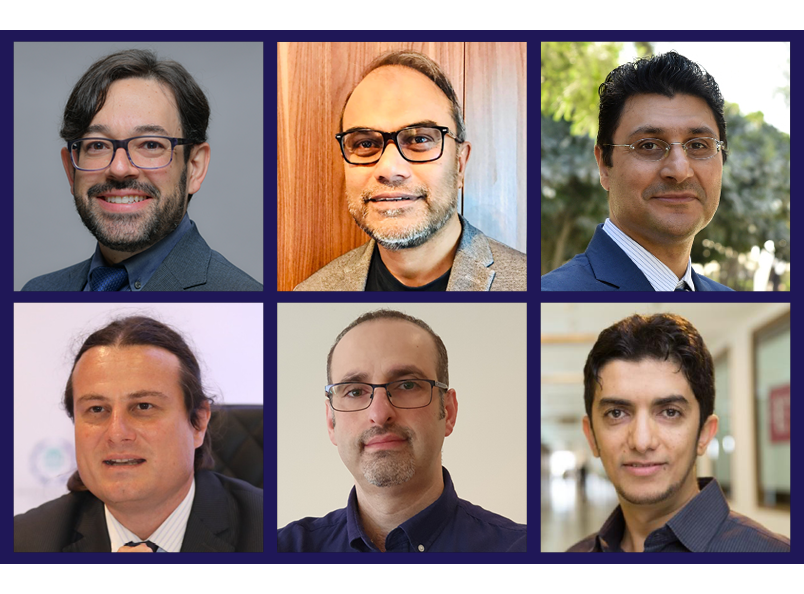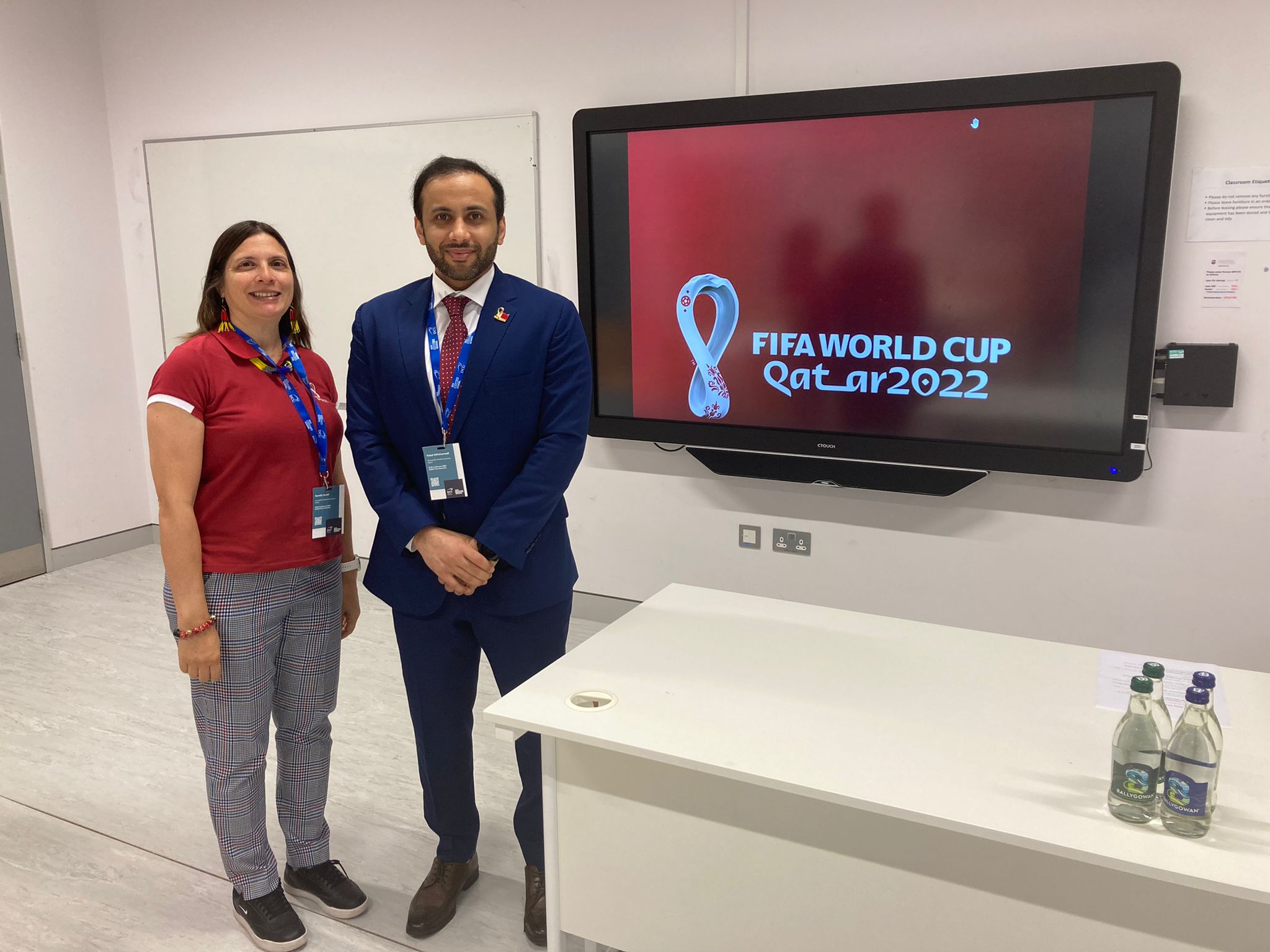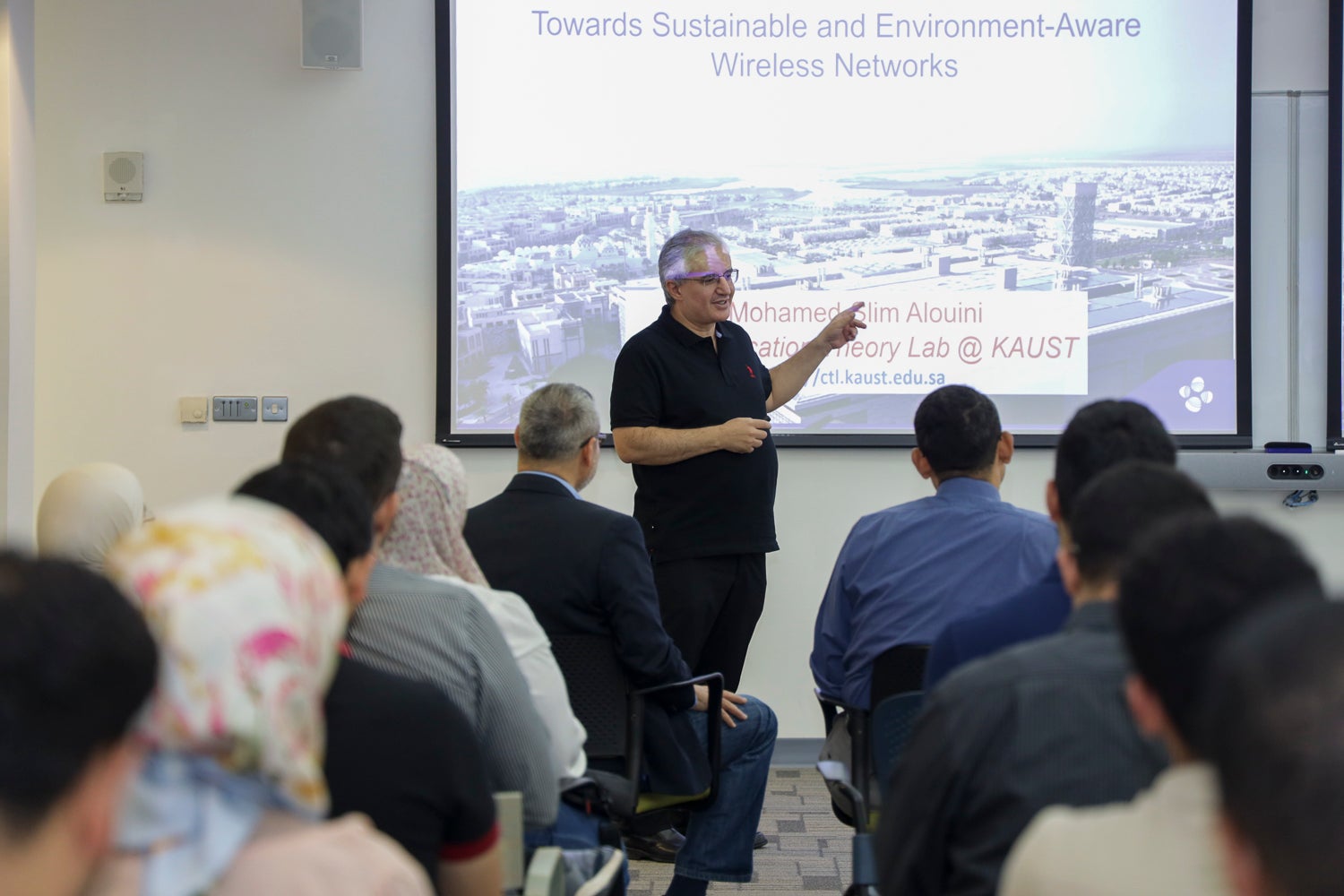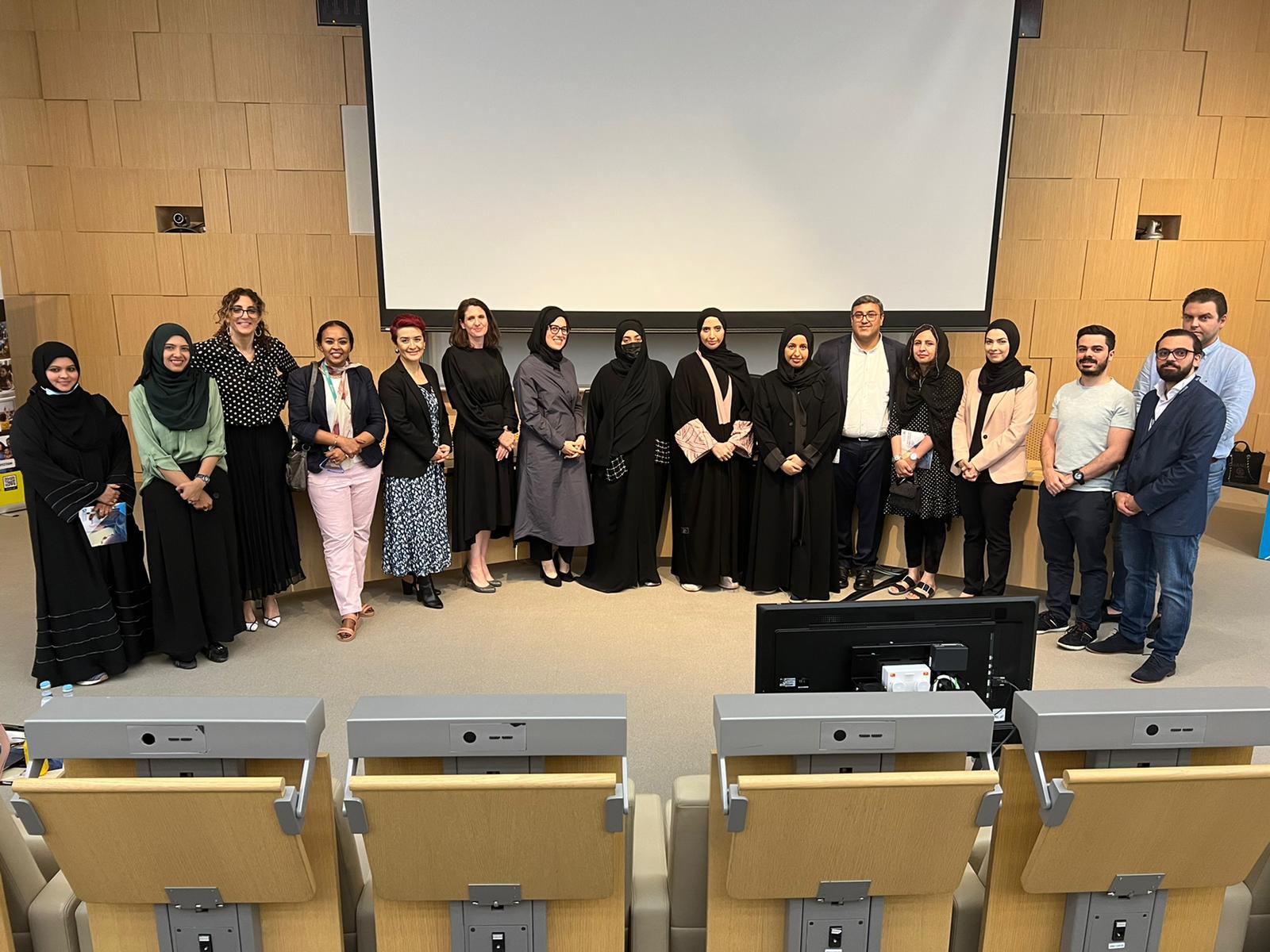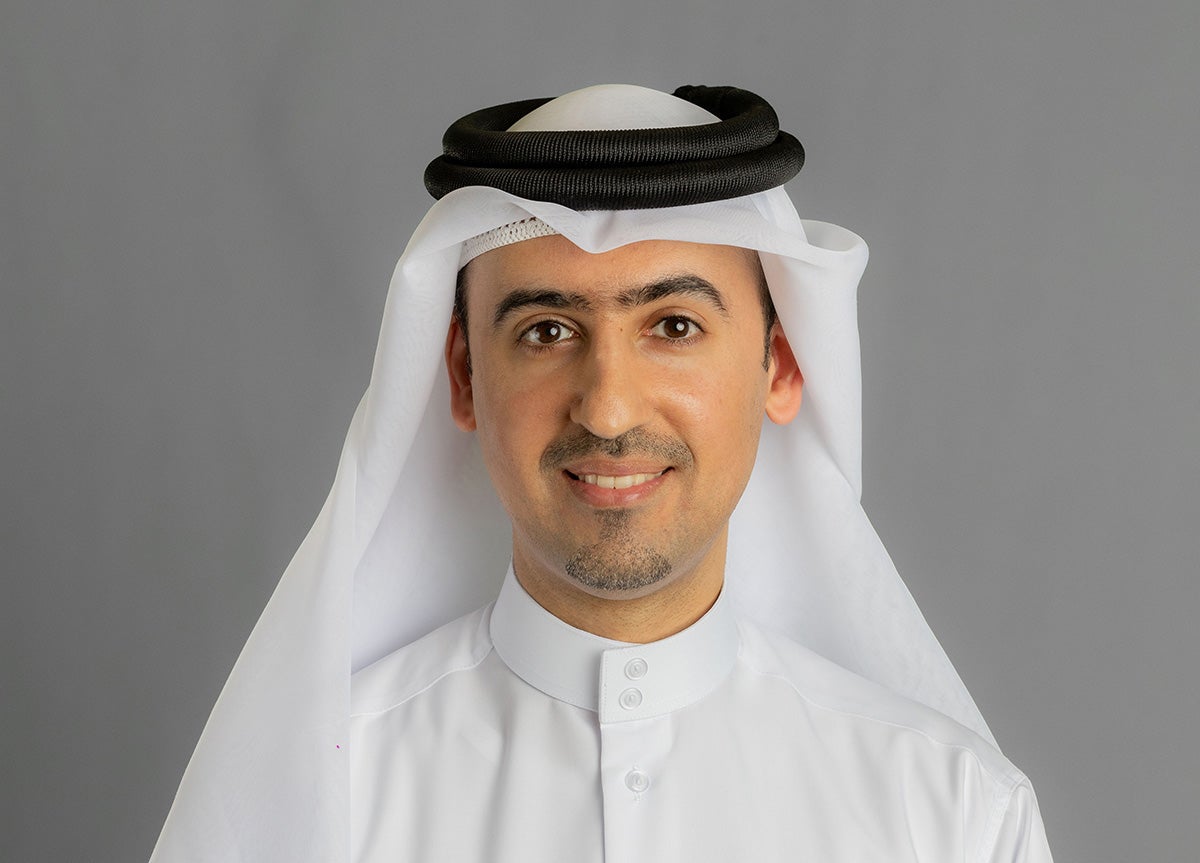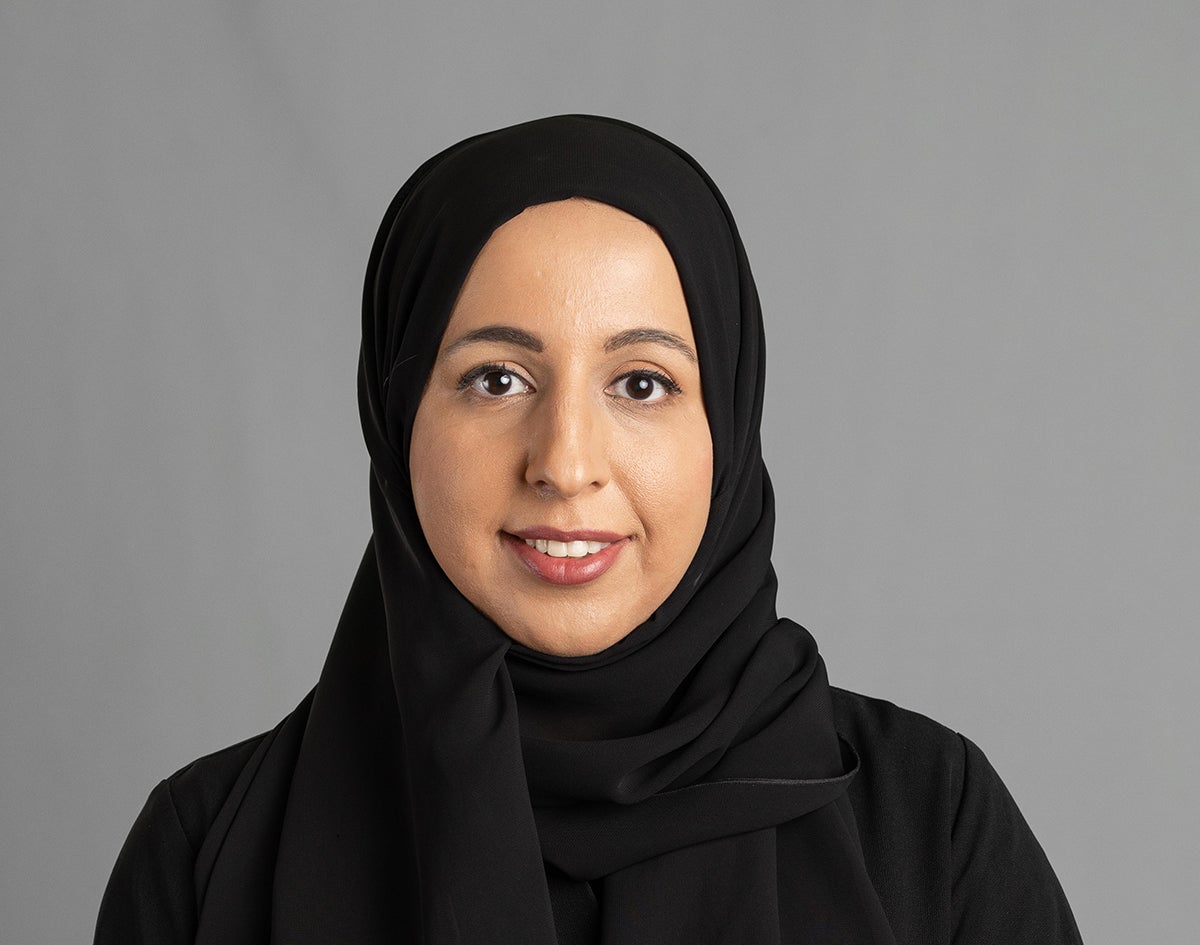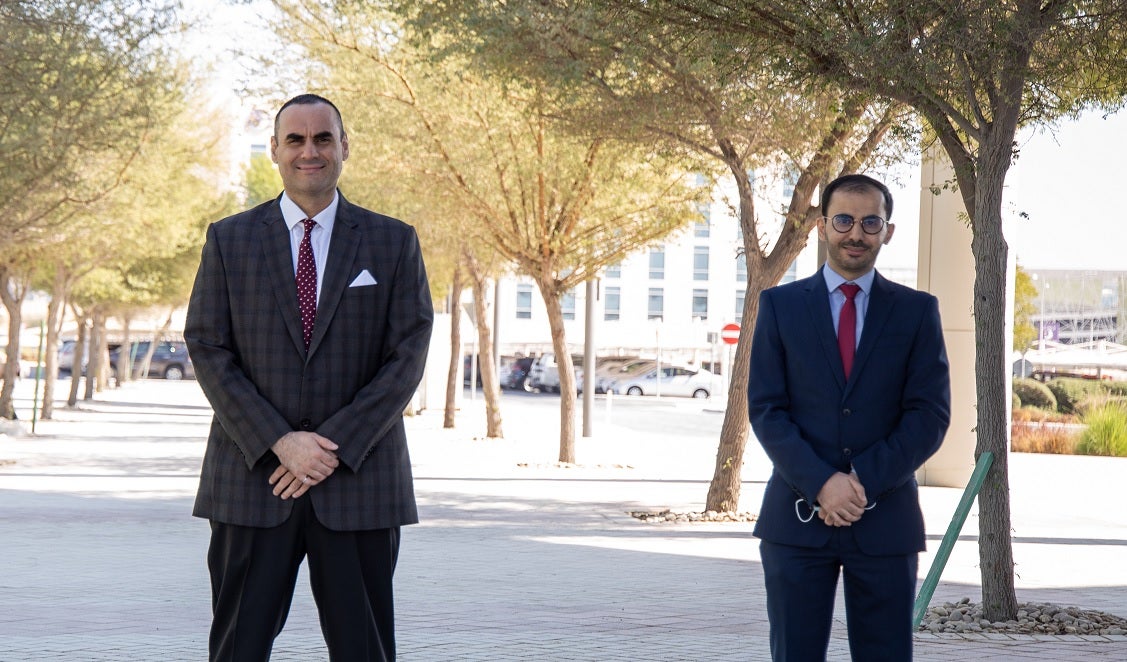
HBKU Aims at a Sustainable Water Management for Qatar’s Future
HBKU - MIT collaborate to model climate change and anthropogenic impacts on Qatar’s infrastructure and water resources
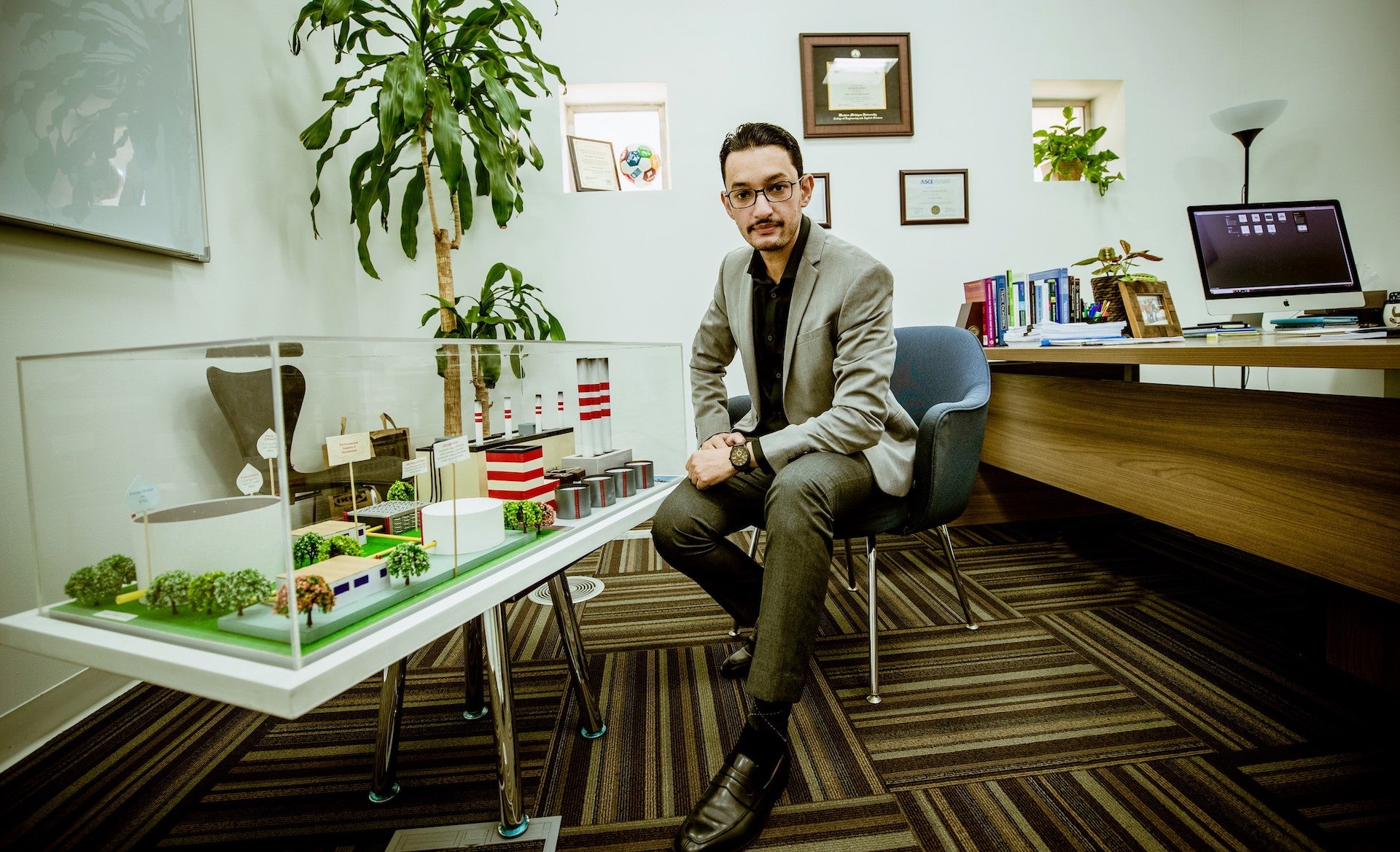
In the context of climate change, population growth, and urbanization, the Sustainable Built Environment (SBE) group at Hamad Bin Khalifa University (HBKU) is studying how Qatar’s infrastructure and water resources are impacted by climate change and anthropogenic (human-induced) factors, and presenting effective novel mitigation and adaptation strategies.
The 17-member SBE research group, led by Dr. Sami G. Al-Ghamdi, Associate Professor at the College of Science and Engineering (CSE), with post-doctoral fellows, PhD, and master’s students, focuses on critical issues related to the sustainability of the built environment. Dr. Al-Ghamdi believes their ongoing investigations of water resources management, with the support of Qatar National Research Fund (QNRF), Qatar Foundation, and HBKU, will ensure that Qatar emerges as an example of a country endeavoring to strike a progressive balance between meeting its economic goals and its environmental responsibilities.
Dr. Al-Ghamdi and PhD candidate Salah B. Ajjur are currently testing a comprehensive approach to managing and augmenting Qatar's water resources so that decision-makers can meet the goals of Qatar National Vision (QNV) 2030.
“Our research is relevant to two main agendas in the QNV2030, sustainable resource development and climate change mitigation and adaptation. Specifically, the research is in line with the Second National Development Strategy to conserve the quantity and quality of groundwater resources, and the Qatar National Food Security Program to rapidly expand agricultural capacity and food production,” Dr. Al-Ghamdi explained.
The researchers emphasize that, without a comprehensive approach to managing Qatar’s aquifers, one cannot guarantee the success of such strategies. The combined effects of climate change and anthropogenic activities have put immense pressure on the country’s water resources, leading to severe shortages and high deteriorations in quality.
“These factors hinder the expansion of agricultural activities and food security, threatening one of the most critical development pillars of QNV 2030. The challenge is to stop the ongoing depletion and manage and augment aquifer storage while meeting increased demands. This necessitates an integrated approach based on understanding their response to anthropogenic and climatic stresses,” Ajjur explained.
In the project’s early stage, Ajjur collected and analyzed historical data to project future water consumption demands. He was able to project climate data through the end of the 21st century using a high-resolution Regional Climate Model (RCM) built in collaboration with the Massachusetts Institute of Technology (MIT) in the United States. According to Dr. Al-Ghamdi, the collaboration with MIT was valuable for obtaining reliable climatic data at 12 km spatial resolution for Qatar, considering future greenhouse gas emissions. They then used this climate data, in addition to topography and groundwater parameters, to estimate natural recharge and actual losses from groundwater resources.
Commenting on the importance of this research, given that Qatar’s agriculture is entirely dependent on limited groundwater, Dr. Mounir Hamdi, Founding Dean of CSE, said: “With concern for Qatar’s aquifers, we explored an important aspect, often neglected in purely technical research. Our analysis showed that current Qatari legislation has overlooked climate change and anthropogenic impacts on groundwater resources. Both factors are expected to have a more complicated, dynamic influence and should be considered when planning for Qatar's water-food nexus. The study will recommend critical, innovative steps to face the projected climate change and anthropogenic impacts on groundwater. These steps are key to helping Qatar achieve water security.”
Dr. Al-Ghamdi and Ajjur believe the proposed method is applicable in other arid areas, which is crucial to developing innovations suited to these climates. By the end of the study, the researchers will have contributed historical and future meteorological and hydrological data for Qatar, which will be the backbone for further research in groundwater modeling as well as agricultural and climate studies.
Related News

College of Science and Engineering Signs MoU with Hassad Food to Advance Science and Technology in Food Production

HBKU’s College of Science and Engineering Team Wins First Place in Middle East and Africa at ITU AI4Dev Challenge
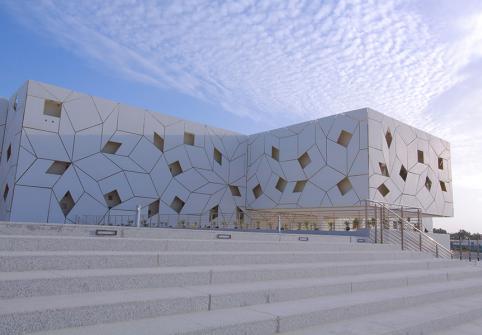
College of Science and Engineering Awarded Grant to Create a National Risk Management Plan for Qatar
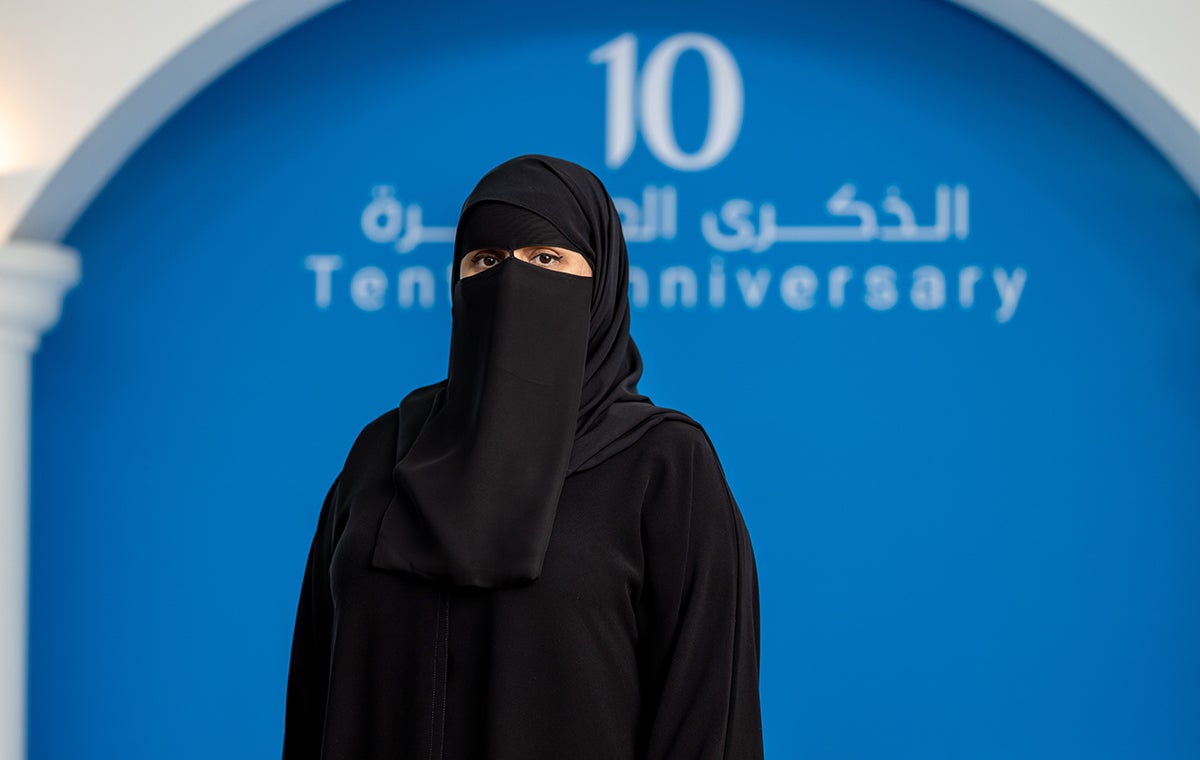
Interview with Muneera Al-Qahtani, Graduate, College of Science and Engineering, First Batch of HBKU Graduates

CSE Wins Best Research Paper Award at 47th International Conference on Very Large Databases
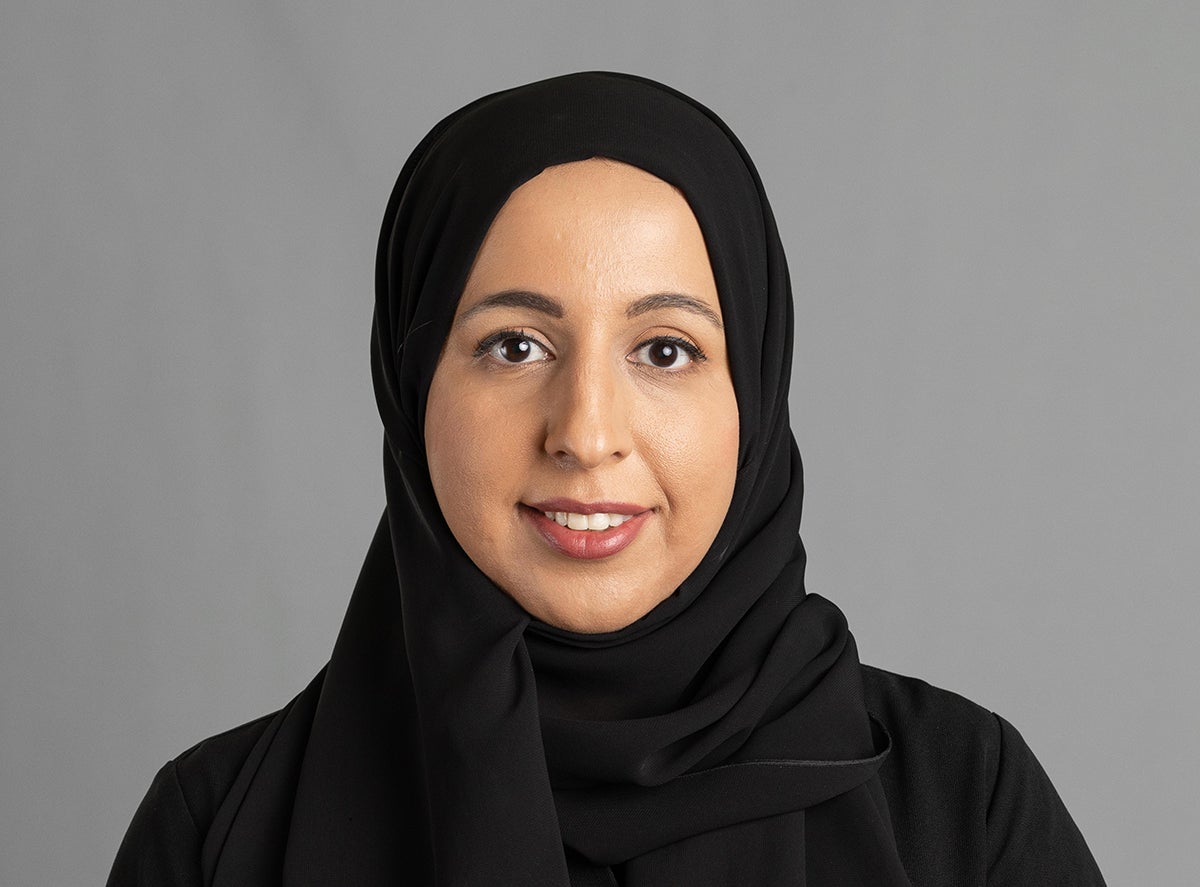
College of Science and Engineering Highlights Research on Digital Trends at International Conference on Persuasive Technologies

College of Science and Engineering Signs MoU with Hassad Food to Advance Science and Technology in Food Production

HBKU’s College of Science and Engineering Team Wins First Place in Middle East and Africa at ITU AI4Dev Challenge

College of Science and Engineering Awarded Grant to Create a National Risk Management Plan for Qatar

Interview with Muneera Al-Qahtani, Graduate, College of Science and Engineering, First Batch of HBKU Graduates

CSE Wins Best Research Paper Award at 47th International Conference on Very Large Databases

College of Science and Engineering Highlights Research on Digital Trends at International Conference on Persuasive Technologies

College of Science and Engineering Signs MoU with Hassad Food to Advance Science and Technology in Food Production

HBKU’s College of Science and Engineering Team Wins First Place in Middle East and Africa at ITU AI4Dev Challenge

College of Science and Engineering Awarded Grant to Create a National Risk Management Plan for Qatar

Interview with Muneera Al-Qahtani, Graduate, College of Science and Engineering, First Batch of HBKU Graduates

CSE Wins Best Research Paper Award at 47th International Conference on Very Large Databases

College of Science and Engineering Highlights Research on Digital Trends at International Conference on Persuasive Technologies

College of Science and Engineering Signs MoU with Hassad Food to Advance Science and Technology in Food Production

HBKU’s College of Science and Engineering Team Wins First Place in Middle East and Africa at ITU AI4Dev Challenge

College of Science and Engineering Awarded Grant to Create a National Risk Management Plan for Qatar

Interview with Muneera Al-Qahtani, Graduate, College of Science and Engineering, First Batch of HBKU Graduates

CSE Wins Best Research Paper Award at 47th International Conference on Very Large Databases

College of Science and Engineering Highlights Research on Digital Trends at International Conference on Persuasive Technologies

College of Science and Engineering Signs MoU with Hassad Food to Advance Science and Technology in Food Production

HBKU’s College of Science and Engineering Team Wins First Place in Middle East and Africa at ITU AI4Dev Challenge

College of Science and Engineering Awarded Grant to Create a National Risk Management Plan for Qatar

Interview with Muneera Al-Qahtani, Graduate, College of Science and Engineering, First Batch of HBKU Graduates

CSE Wins Best Research Paper Award at 47th International Conference on Very Large Databases

College of Science and Engineering Highlights Research on Digital Trends at International Conference on Persuasive Technologies

College of Science and Engineering Signs MoU with Hassad Food to Advance Science and Technology in Food Production

HBKU’s College of Science and Engineering Team Wins First Place in Middle East and Africa at ITU AI4Dev Challenge

College of Science and Engineering Awarded Grant to Create a National Risk Management Plan for Qatar

Interview with Muneera Al-Qahtani, Graduate, College of Science and Engineering, First Batch of HBKU Graduates

CSE Wins Best Research Paper Award at 47th International Conference on Very Large Databases

College of Science and Engineering Highlights Research on Digital Trends at International Conference on Persuasive Technologies

College of Science and Engineering Signs MoU with Hassad Food to Advance Science and Technology in Food Production

HBKU’s College of Science and Engineering Team Wins First Place in Middle East and Africa at ITU AI4Dev Challenge

College of Science and Engineering Awarded Grant to Create a National Risk Management Plan for Qatar

Interview with Muneera Al-Qahtani, Graduate, College of Science and Engineering, First Batch of HBKU Graduates

CSE Wins Best Research Paper Award at 47th International Conference on Very Large Databases

College of Science and Engineering Highlights Research on Digital Trends at International Conference on Persuasive Technologies

College of Science and Engineering Signs MoU with Hassad Food to Advance Science and Technology in Food Production

HBKU’s College of Science and Engineering Team Wins First Place in Middle East and Africa at ITU AI4Dev Challenge

College of Science and Engineering Awarded Grant to Create a National Risk Management Plan for Qatar

Interview with Muneera Al-Qahtani, Graduate, College of Science and Engineering, First Batch of HBKU Graduates

CSE Wins Best Research Paper Award at 47th International Conference on Very Large Databases

College of Science and Engineering Highlights Research on Digital Trends at International Conference on Persuasive Technologies

College of Science and Engineering Signs MoU with Hassad Food to Advance Science and Technology in Food Production

HBKU’s College of Science and Engineering Team Wins First Place in Middle East and Africa at ITU AI4Dev Challenge

College of Science and Engineering Awarded Grant to Create a National Risk Management Plan for Qatar

Interview with Muneera Al-Qahtani, Graduate, College of Science and Engineering, First Batch of HBKU Graduates

CSE Wins Best Research Paper Award at 47th International Conference on Very Large Databases

College of Science and Engineering Highlights Research on Digital Trends at International Conference on Persuasive Technologies

College of Science and Engineering Signs MoU with Hassad Food to Advance Science and Technology in Food Production

HBKU’s College of Science and Engineering Team Wins First Place in Middle East and Africa at ITU AI4Dev Challenge

College of Science and Engineering Awarded Grant to Create a National Risk Management Plan for Qatar

Interview with Muneera Al-Qahtani, Graduate, College of Science and Engineering, First Batch of HBKU Graduates

CSE Wins Best Research Paper Award at 47th International Conference on Very Large Databases

College of Science and Engineering Highlights Research on Digital Trends at International Conference on Persuasive Technologies

College of Science and Engineering Signs MoU with Hassad Food to Advance Science and Technology in Food Production

HBKU’s College of Science and Engineering Team Wins First Place in Middle East and Africa at ITU AI4Dev Challenge

College of Science and Engineering Awarded Grant to Create a National Risk Management Plan for Qatar

Interview with Muneera Al-Qahtani, Graduate, College of Science and Engineering, First Batch of HBKU Graduates

CSE Wins Best Research Paper Award at 47th International Conference on Very Large Databases

College of Science and Engineering Highlights Research on Digital Trends at International Conference on Persuasive Technologies

College of Science and Engineering Signs MoU with Hassad Food to Advance Science and Technology in Food Production

HBKU’s College of Science and Engineering Team Wins First Place in Middle East and Africa at ITU AI4Dev Challenge

College of Science and Engineering Awarded Grant to Create a National Risk Management Plan for Qatar

Interview with Muneera Al-Qahtani, Graduate, College of Science and Engineering, First Batch of HBKU Graduates

CSE Wins Best Research Paper Award at 47th International Conference on Very Large Databases

College of Science and Engineering Highlights Research on Digital Trends at International Conference on Persuasive Technologies

College of Science and Engineering Signs MoU with Hassad Food to Advance Science and Technology in Food Production

HBKU’s College of Science and Engineering Team Wins First Place in Middle East and Africa at ITU AI4Dev Challenge

College of Science and Engineering Awarded Grant to Create a National Risk Management Plan for Qatar

Interview with Muneera Al-Qahtani, Graduate, College of Science and Engineering, First Batch of HBKU Graduates

CSE Wins Best Research Paper Award at 47th International Conference on Very Large Databases

College of Science and Engineering Highlights Research on Digital Trends at International Conference on Persuasive Technologies

College of Science and Engineering Signs MoU with Hassad Food to Advance Science and Technology in Food Production

HBKU’s College of Science and Engineering Team Wins First Place in Middle East and Africa at ITU AI4Dev Challenge

College of Science and Engineering Awarded Grant to Create a National Risk Management Plan for Qatar

Interview with Muneera Al-Qahtani, Graduate, College of Science and Engineering, First Batch of HBKU Graduates

CSE Wins Best Research Paper Award at 47th International Conference on Very Large Databases

College of Science and Engineering Highlights Research on Digital Trends at International Conference on Persuasive Technologies

College of Science and Engineering Signs MoU with Hassad Food to Advance Science and Technology in Food Production

HBKU’s College of Science and Engineering Team Wins First Place in Middle East and Africa at ITU AI4Dev Challenge

College of Science and Engineering Awarded Grant to Create a National Risk Management Plan for Qatar

Interview with Muneera Al-Qahtani, Graduate, College of Science and Engineering, First Batch of HBKU Graduates

CSE Wins Best Research Paper Award at 47th International Conference on Very Large Databases

College of Science and Engineering Highlights Research on Digital Trends at International Conference on Persuasive Technologies

College of Science and Engineering Signs MoU with Hassad Food to Advance Science and Technology in Food Production

HBKU’s College of Science and Engineering Team Wins First Place in Middle East and Africa at ITU AI4Dev Challenge

College of Science and Engineering Awarded Grant to Create a National Risk Management Plan for Qatar

Interview with Muneera Al-Qahtani, Graduate, College of Science and Engineering, First Batch of HBKU Graduates

CSE Wins Best Research Paper Award at 47th International Conference on Very Large Databases

College of Science and Engineering Highlights Research on Digital Trends at International Conference on Persuasive Technologies

College of Science and Engineering Signs MoU with Hassad Food to Advance Science and Technology in Food Production

HBKU’s College of Science and Engineering Team Wins First Place in Middle East and Africa at ITU AI4Dev Challenge

College of Science and Engineering Awarded Grant to Create a National Risk Management Plan for Qatar

Interview with Muneera Al-Qahtani, Graduate, College of Science and Engineering, First Batch of HBKU Graduates

CSE Wins Best Research Paper Award at 47th International Conference on Very Large Databases

College of Science and Engineering Highlights Research on Digital Trends at International Conference on Persuasive Technologies

College of Science and Engineering Signs MoU with Hassad Food to Advance Science and Technology in Food Production

HBKU’s College of Science and Engineering Team Wins First Place in Middle East and Africa at ITU AI4Dev Challenge

College of Science and Engineering Awarded Grant to Create a National Risk Management Plan for Qatar

Interview with Muneera Al-Qahtani, Graduate, College of Science and Engineering, First Batch of HBKU Graduates

CSE Wins Best Research Paper Award at 47th International Conference on Very Large Databases

College of Science and Engineering Highlights Research on Digital Trends at International Conference on Persuasive Technologies

College of Science and Engineering Signs MoU with Hassad Food to Advance Science and Technology in Food Production

HBKU’s College of Science and Engineering Team Wins First Place in Middle East and Africa at ITU AI4Dev Challenge

College of Science and Engineering Awarded Grant to Create a National Risk Management Plan for Qatar

Interview with Muneera Al-Qahtani, Graduate, College of Science and Engineering, First Batch of HBKU Graduates

CSE Wins Best Research Paper Award at 47th International Conference on Very Large Databases

College of Science and Engineering Highlights Research on Digital Trends at International Conference on Persuasive Technologies

College of Science and Engineering Signs MoU with Hassad Food to Advance Science and Technology in Food Production

HBKU’s College of Science and Engineering Team Wins First Place in Middle East and Africa at ITU AI4Dev Challenge

College of Science and Engineering Awarded Grant to Create a National Risk Management Plan for Qatar

Interview with Muneera Al-Qahtani, Graduate, College of Science and Engineering, First Batch of HBKU Graduates

CSE Wins Best Research Paper Award at 47th International Conference on Very Large Databases

College of Science and Engineering Highlights Research on Digital Trends at International Conference on Persuasive Technologies

College of Science and Engineering Signs MoU with Hassad Food to Advance Science and Technology in Food Production

HBKU’s College of Science and Engineering Team Wins First Place in Middle East and Africa at ITU AI4Dev Challenge

College of Science and Engineering Awarded Grant to Create a National Risk Management Plan for Qatar

Interview with Muneera Al-Qahtani, Graduate, College of Science and Engineering, First Batch of HBKU Graduates

CSE Wins Best Research Paper Award at 47th International Conference on Very Large Databases

College of Science and Engineering Highlights Research on Digital Trends at International Conference on Persuasive Technologies

College of Science and Engineering Signs MoU with Hassad Food to Advance Science and Technology in Food Production

HBKU’s College of Science and Engineering Team Wins First Place in Middle East and Africa at ITU AI4Dev Challenge

College of Science and Engineering Awarded Grant to Create a National Risk Management Plan for Qatar

Interview with Muneera Al-Qahtani, Graduate, College of Science and Engineering, First Batch of HBKU Graduates

CSE Wins Best Research Paper Award at 47th International Conference on Very Large Databases

College of Science and Engineering Highlights Research on Digital Trends at International Conference on Persuasive Technologies

College of Science and Engineering Signs MoU with Hassad Food to Advance Science and Technology in Food Production

HBKU’s College of Science and Engineering Team Wins First Place in Middle East and Africa at ITU AI4Dev Challenge

College of Science and Engineering Awarded Grant to Create a National Risk Management Plan for Qatar

Interview with Muneera Al-Qahtani, Graduate, College of Science and Engineering, First Batch of HBKU Graduates

CSE Wins Best Research Paper Award at 47th International Conference on Very Large Databases

College of Science and Engineering Highlights Research on Digital Trends at International Conference on Persuasive Technologies

College of Science and Engineering Signs MoU with Hassad Food to Advance Science and Technology in Food Production

HBKU’s College of Science and Engineering Team Wins First Place in Middle East and Africa at ITU AI4Dev Challenge

College of Science and Engineering Awarded Grant to Create a National Risk Management Plan for Qatar

Interview with Muneera Al-Qahtani, Graduate, College of Science and Engineering, First Batch of HBKU Graduates

CSE Wins Best Research Paper Award at 47th International Conference on Very Large Databases

College of Science and Engineering Highlights Research on Digital Trends at International Conference on Persuasive Technologies

College of Science and Engineering Signs MoU with Hassad Food to Advance Science and Technology in Food Production

HBKU’s College of Science and Engineering Team Wins First Place in Middle East and Africa at ITU AI4Dev Challenge

College of Science and Engineering Awarded Grant to Create a National Risk Management Plan for Qatar

Interview with Muneera Al-Qahtani, Graduate, College of Science and Engineering, First Batch of HBKU Graduates

CSE Wins Best Research Paper Award at 47th International Conference on Very Large Databases

College of Science and Engineering Highlights Research on Digital Trends at International Conference on Persuasive Technologies

College of Science and Engineering Signs MoU with Hassad Food to Advance Science and Technology in Food Production

HBKU’s College of Science and Engineering Team Wins First Place in Middle East and Africa at ITU AI4Dev Challenge

College of Science and Engineering Awarded Grant to Create a National Risk Management Plan for Qatar

Interview with Muneera Al-Qahtani, Graduate, College of Science and Engineering, First Batch of HBKU Graduates

CSE Wins Best Research Paper Award at 47th International Conference on Very Large Databases

College of Science and Engineering Highlights Research on Digital Trends at International Conference on Persuasive Technologies

College of Science and Engineering Signs MoU with Hassad Food to Advance Science and Technology in Food Production

HBKU’s College of Science and Engineering Team Wins First Place in Middle East and Africa at ITU AI4Dev Challenge

College of Science and Engineering Awarded Grant to Create a National Risk Management Plan for Qatar

Interview with Muneera Al-Qahtani, Graduate, College of Science and Engineering, First Batch of HBKU Graduates

CSE Wins Best Research Paper Award at 47th International Conference on Very Large Databases

College of Science and Engineering Highlights Research on Digital Trends at International Conference on Persuasive Technologies

College of Science and Engineering Signs MoU with Hassad Food to Advance Science and Technology in Food Production

HBKU’s College of Science and Engineering Team Wins First Place in Middle East and Africa at ITU AI4Dev Challenge

College of Science and Engineering Awarded Grant to Create a National Risk Management Plan for Qatar

Interview with Muneera Al-Qahtani, Graduate, College of Science and Engineering, First Batch of HBKU Graduates

CSE Wins Best Research Paper Award at 47th International Conference on Very Large Databases

College of Science and Engineering Highlights Research on Digital Trends at International Conference on Persuasive Technologies

College of Science and Engineering Signs MoU with Hassad Food to Advance Science and Technology in Food Production

HBKU’s College of Science and Engineering Team Wins First Place in Middle East and Africa at ITU AI4Dev Challenge

College of Science and Engineering Awarded Grant to Create a National Risk Management Plan for Qatar

Interview with Muneera Al-Qahtani, Graduate, College of Science and Engineering, First Batch of HBKU Graduates

CSE Wins Best Research Paper Award at 47th International Conference on Very Large Databases

College of Science and Engineering Highlights Research on Digital Trends at International Conference on Persuasive Technologies

College of Science and Engineering Signs MoU with Hassad Food to Advance Science and Technology in Food Production

HBKU’s College of Science and Engineering Team Wins First Place in Middle East and Africa at ITU AI4Dev Challenge

College of Science and Engineering Awarded Grant to Create a National Risk Management Plan for Qatar

Interview with Muneera Al-Qahtani, Graduate, College of Science and Engineering, First Batch of HBKU Graduates

CSE Wins Best Research Paper Award at 47th International Conference on Very Large Databases

College of Science and Engineering Highlights Research on Digital Trends at International Conference on Persuasive Technologies

College of Science and Engineering Signs MoU with Hassad Food to Advance Science and Technology in Food Production

HBKU’s College of Science and Engineering Team Wins First Place in Middle East and Africa at ITU AI4Dev Challenge

College of Science and Engineering Awarded Grant to Create a National Risk Management Plan for Qatar

Interview with Muneera Al-Qahtani, Graduate, College of Science and Engineering, First Batch of HBKU Graduates

CSE Wins Best Research Paper Award at 47th International Conference on Very Large Databases

College of Science and Engineering Highlights Research on Digital Trends at International Conference on Persuasive Technologies

College of Science and Engineering Signs MoU with Hassad Food to Advance Science and Technology in Food Production

HBKU’s College of Science and Engineering Team Wins First Place in Middle East and Africa at ITU AI4Dev Challenge

College of Science and Engineering Awarded Grant to Create a National Risk Management Plan for Qatar

Interview with Muneera Al-Qahtani, Graduate, College of Science and Engineering, First Batch of HBKU Graduates

CSE Wins Best Research Paper Award at 47th International Conference on Very Large Databases

College of Science and Engineering Highlights Research on Digital Trends at International Conference on Persuasive Technologies

College of Science and Engineering Signs MoU with Hassad Food to Advance Science and Technology in Food Production

HBKU’s College of Science and Engineering Team Wins First Place in Middle East and Africa at ITU AI4Dev Challenge

College of Science and Engineering Awarded Grant to Create a National Risk Management Plan for Qatar

Interview with Muneera Al-Qahtani, Graduate, College of Science and Engineering, First Batch of HBKU Graduates

CSE Wins Best Research Paper Award at 47th International Conference on Very Large Databases

College of Science and Engineering Highlights Research on Digital Trends at International Conference on Persuasive Technologies

College of Science and Engineering Signs MoU with Hassad Food to Advance Science and Technology in Food Production

HBKU’s College of Science and Engineering Team Wins First Place in Middle East and Africa at ITU AI4Dev Challenge

College of Science and Engineering Awarded Grant to Create a National Risk Management Plan for Qatar

Interview with Muneera Al-Qahtani, Graduate, College of Science and Engineering, First Batch of HBKU Graduates

CSE Wins Best Research Paper Award at 47th International Conference on Very Large Databases

College of Science and Engineering Highlights Research on Digital Trends at International Conference on Persuasive Technologies

College of Science and Engineering Signs MoU with Hassad Food to Advance Science and Technology in Food Production

HBKU’s College of Science and Engineering Team Wins First Place in Middle East and Africa at ITU AI4Dev Challenge

College of Science and Engineering Awarded Grant to Create a National Risk Management Plan for Qatar

Interview with Muneera Al-Qahtani, Graduate, College of Science and Engineering, First Batch of HBKU Graduates

CSE Wins Best Research Paper Award at 47th International Conference on Very Large Databases

College of Science and Engineering Highlights Research on Digital Trends at International Conference on Persuasive Technologies

College of Science and Engineering Signs MoU with Hassad Food to Advance Science and Technology in Food Production

HBKU’s College of Science and Engineering Team Wins First Place in Middle East and Africa at ITU AI4Dev Challenge

College of Science and Engineering Awarded Grant to Create a National Risk Management Plan for Qatar

Interview with Muneera Al-Qahtani, Graduate, College of Science and Engineering, First Batch of HBKU Graduates

CSE Wins Best Research Paper Award at 47th International Conference on Very Large Databases

College of Science and Engineering Highlights Research on Digital Trends at International Conference on Persuasive Technologies

College of Science and Engineering Signs MoU with Hassad Food to Advance Science and Technology in Food Production

HBKU’s College of Science and Engineering Team Wins First Place in Middle East and Africa at ITU AI4Dev Challenge

College of Science and Engineering Awarded Grant to Create a National Risk Management Plan for Qatar

Interview with Muneera Al-Qahtani, Graduate, College of Science and Engineering, First Batch of HBKU Graduates

CSE Wins Best Research Paper Award at 47th International Conference on Very Large Databases

College of Science and Engineering Highlights Research on Digital Trends at International Conference on Persuasive Technologies

College of Science and Engineering Signs MoU with Hassad Food to Advance Science and Technology in Food Production

HBKU’s College of Science and Engineering Team Wins First Place in Middle East and Africa at ITU AI4Dev Challenge

College of Science and Engineering Awarded Grant to Create a National Risk Management Plan for Qatar

Interview with Muneera Al-Qahtani, Graduate, College of Science and Engineering, First Batch of HBKU Graduates

CSE Wins Best Research Paper Award at 47th International Conference on Very Large Databases

College of Science and Engineering Highlights Research on Digital Trends at International Conference on Persuasive Technologies

College of Science and Engineering Signs MoU with Hassad Food to Advance Science and Technology in Food Production

HBKU’s College of Science and Engineering Team Wins First Place in Middle East and Africa at ITU AI4Dev Challenge

College of Science and Engineering Awarded Grant to Create a National Risk Management Plan for Qatar

Interview with Muneera Al-Qahtani, Graduate, College of Science and Engineering, First Batch of HBKU Graduates

CSE Wins Best Research Paper Award at 47th International Conference on Very Large Databases

College of Science and Engineering Highlights Research on Digital Trends at International Conference on Persuasive Technologies

College of Science and Engineering Signs MoU with Hassad Food to Advance Science and Technology in Food Production

HBKU’s College of Science and Engineering Team Wins First Place in Middle East and Africa at ITU AI4Dev Challenge

College of Science and Engineering Awarded Grant to Create a National Risk Management Plan for Qatar

Interview with Muneera Al-Qahtani, Graduate, College of Science and Engineering, First Batch of HBKU Graduates

CSE Wins Best Research Paper Award at 47th International Conference on Very Large Databases

College of Science and Engineering Highlights Research on Digital Trends at International Conference on Persuasive Technologies

College of Science and Engineering Signs MoU with Hassad Food to Advance Science and Technology in Food Production







